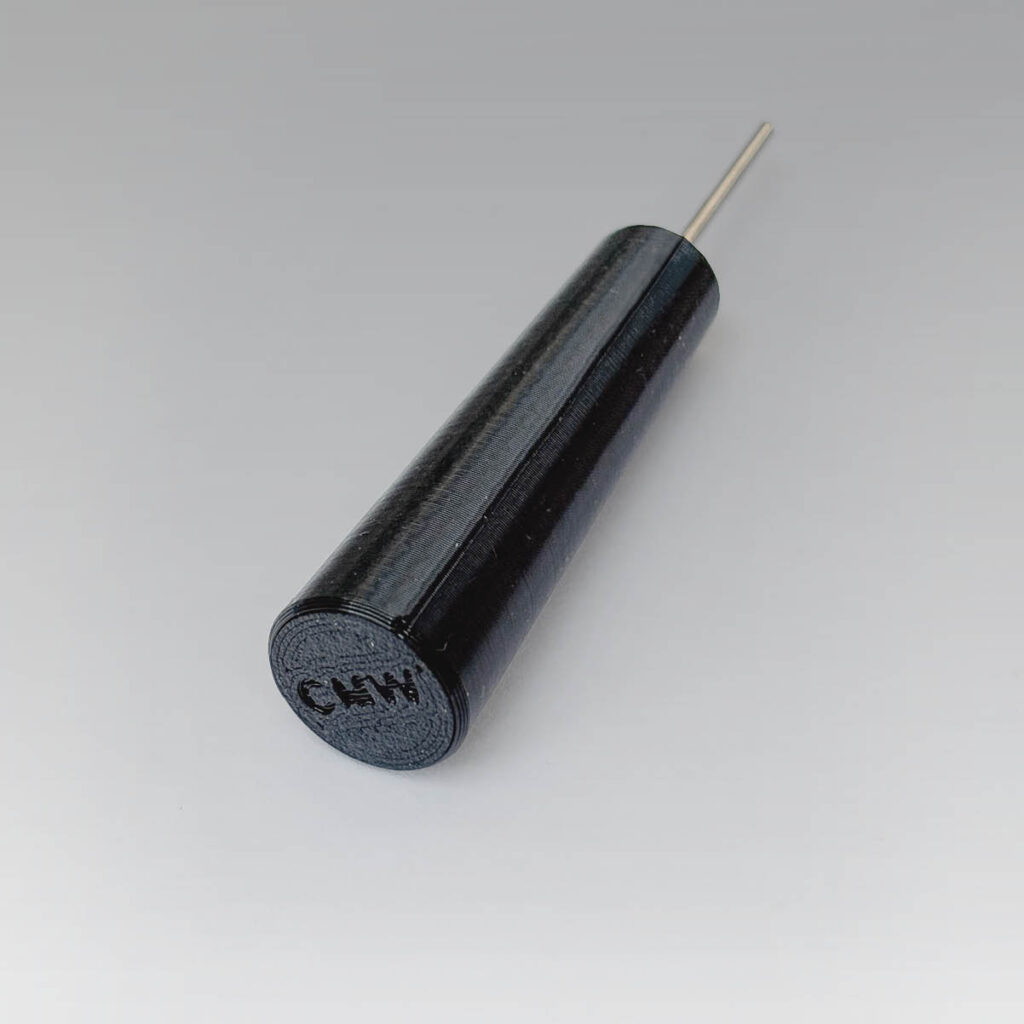Headsets
Gear up for your best flight.
Accessories
Take your CQ Headset to the next level with our premium accessories, designed to improve convenience, comfort, and protection. They are the perfect companions to your CQ Headset, enhancing every aspect of your flying experience.
-

Foam ear tip installation tool
$18.00 -

Hard Case
$18.00 – $28.00 This product has multiple variants. The options may be chosen on the product page -

Lapel Clip
$6.00 -

Microphone Cover
$10.00 -

Premium Ear Tips
$9.00 This product has multiple variants. The options may be chosen on the product page -

Replacement Ear Tips
$4.00 – $18.00 This product has multiple variants. The options may be chosen on the product page -

Replacement Sound Tubes
$15.00
Ear Tip Selection and Use
The right ear tips are essential for getting the best experience with your in-the-ear headset. Since every ear canal is unique, experimenting with different sizes and types can make a big difference. Here are five key properties to consider:
- Noise Attenuation: Proper insertion of foam tips is critical for blocking noise effectively. A good seal in the ear canal ensures optimal performance.
- Foam Recovery Rate: Foam tips should expand slowly enough to allow for proper placement. Quickrebounding foam can make achieving a good fit difficult.
- Comfort: Choosing the right size for each ear is vital. Premium memory foam tips provide unmatched comfort for long flights, especially if your ear canals differ in size.
- Durability and Replacement: Foam ear tips aren’t permanent and need regular replacement. Standard tips last about 25 hours, while premium options can last up to 50 hours.
- Ease of Use: Rolling foam tips into a cylinder works for most users, but some may prefer tips with fittings or handles that simplify insertion.
Non-foam options, like silicone or custom molds, are available but typically offer less noise attenuation than properly inserted foam tips. Selecting the right ear tips is key to enhancing your flying experience.
Guides
They are so lightweight that it feels like you aren’t wearing anything.
— David
Attention to Detail
We are committed to every detail of our headset. For example, our wire lapel clip is designed with positive cable retention, offering superior performance compared to others on the market.

Scott Card | Owner, Card Machine Works
Instrument- and commercial-rated pilot,
aerobatic competitor


